This is a very basic introduction to the Hawaiian language; there are many internet sites which will give you more information just "google" Hawaiian language lesson.



The Hawaiian language has the shortest alphabet in the world.
Only twelve letters:
5 vowels (a,e,i,o,u) and
the consonants (h,k,l,m,n,p,w and "[okina])
• a sounds like [ah] as in above [ah buv ]
• e sounds like [eh] as in bet [beht ]
• i sounds like [ee] as in be [bee]
• o sounds like [oh] as in obey [oh bei ]
• u sounds like [oo] as in rule [rool]
Consonants
p, k About as in English but with less aspiration.
h, l, m, n About as in English.
W After "i" and "e", usually "v"- sound.
iwi (bone) [ee' vee],
Ewa (city on O`ahu) [eh' vah]
w After "u" and "o", usually
"w"-sound. kûwili (to spin in a dance) [KOO' wee lee]
wôwô (to roar, bellow) [WOH' WOH']
When W starts a word or after "a", "w"- sound or "v"-sound is acceptable. Hawai`i [Hah wai' ee] or [Ha vai' ee]
Welina! (affectionate greeting) [Veh lee' nah!] or [Weh lee' nah!]
` (`okina) The `okina is a consonant, which sounds like the break in "Oh-oh, I broke it." It signifies a breath break.
Only twelve letters:
5 vowels (a,e,i,o,u) and
the consonants (h,k,l,m,n,p,w and "[okina])
• a sounds like [ah] as in above [ah buv ]
• e sounds like [eh] as in bet [beht ]
• i sounds like [ee] as in be [bee]
• o sounds like [oh] as in obey [oh bei ]
• u sounds like [oo] as in rule [rool]
Consonants
p, k About as in English but with less aspiration.
h, l, m, n About as in English.
W After "i" and "e", usually "v"- sound.
iwi (bone) [ee' vee],
Ewa (city on O`ahu) [eh' vah]
w After "u" and "o", usually
"w"-sound. kûwili (to spin in a dance) [KOO' wee lee]
wôwô (to roar, bellow) [WOH' WOH']
When W starts a word or after "a", "w"- sound or "v"-sound is acceptable. Hawai`i [Hah wai' ee] or [Ha vai' ee]
Welina! (affectionate greeting) [Veh lee' nah!] or [Weh lee' nah!]
` (`okina) The `okina is a consonant, which sounds like the break in "Oh-oh, I broke it." It signifies a breath break.

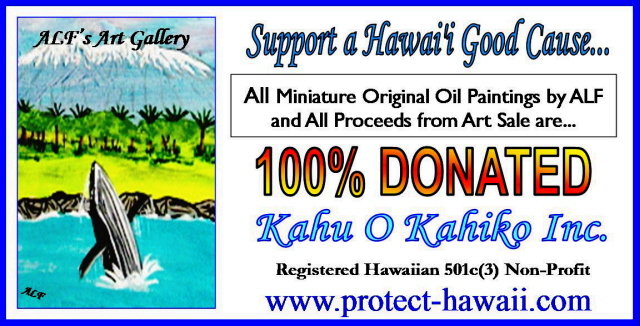
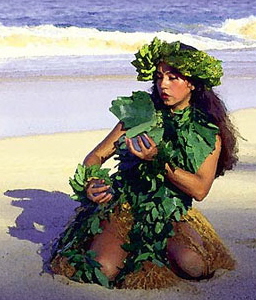
Sample word Meaning Pronunciation
______________________________________
`anakala uncle ah'nah kah lah
_______________________________________________
`anake aunt ah nah KEH"
_______________________________________________
`auka out! au' kah
_______________________________________________
haole non-endemic, Causasian hao'leh
_______________________________________________
iwi bone ee' vee
_______________________________________________
kapu forbidden, sacred, keep out kah poo
_______________________________________________
keiki child kay kee
_______________________________________________
kiuke cute kiu' keh
_______________________________________________
kanapi centipede kah nah PEE'
_______________________________________________
kanake' candy kah nah KEH
_______________________________________________
kaona town kao'nah
_______________________________________________
kika guitar KEE' KAH'
_______________________________________________
kopa soap koh'pah
_______________________________________________
kope coffee koh peh
_______________________________________________
kuki cookie koo' kee
_______________________________________________
laki lucky kee pue'
_______________________________________________
leiko lets go lei' koh
_______________________________________________
manako' mango mah nah KOH
_______________________________________________
`ololaiki all right oh' loh lai' kee
_______________________________________________
pika pizza pee' kah
_______________________________________________
wai fresh water vai
_______________________________________________
waina wine vai' nah
_______________________________________________
weleweka velvet veh' leh veh' kah
______________________________________
`anakala uncle ah'nah kah lah
_______________________________________________
`anake aunt ah nah KEH"
_______________________________________________
`auka out! au' kah
_______________________________________________
haole non-endemic, Causasian hao'leh
_______________________________________________
iwi bone ee' vee
_______________________________________________
kapu forbidden, sacred, keep out kah poo
_______________________________________________
keiki child kay kee
_______________________________________________
kiuke cute kiu' keh
_______________________________________________
kanapi centipede kah nah PEE'
_______________________________________________
kanake' candy kah nah KEH
_______________________________________________
kaona town kao'nah
_______________________________________________
kika guitar KEE' KAH'
_______________________________________________
kopa soap koh'pah
_______________________________________________
kope coffee koh peh
_______________________________________________
kuki cookie koo' kee
_______________________________________________
laki lucky kee pue'
_______________________________________________
leiko lets go lei' koh
_______________________________________________
manako' mango mah nah KOH
_______________________________________________
`ololaiki all right oh' loh lai' kee
_______________________________________________
pika pizza pee' kah
_______________________________________________
wai fresh water vai
_______________________________________________
waina wine vai' nah
_______________________________________________
weleweka velvet veh' leh veh' kah



a hui hou till we meet again
ala road, path
aloha greetings or farewell or love
aloha nui loa very much love
apala apple
e komo mai welcome, enter
`o wai kou inoa? what is your name?
pehea `oe? how are you?
maika `i Fine, well, good
mahalo thank you
makai direction: toward the sea
mahalo nui loa thank you very much
mauka direction: toward the mountains
mele kalikimaka Merry Christmas
mai hele `oe don't go
hele go ahead
kipa mai come visit
aloha `aina love of the land
ke the
ke kanaka the man
ke keiki the child
ke kupuna the grandparent
ke lio the horse
Pua flower
ala road, path
aloha greetings or farewell or love
aloha nui loa very much love
apala apple
e komo mai welcome, enter
`o wai kou inoa? what is your name?
pehea `oe? how are you?
maika `i Fine, well, good
mahalo thank you
makai direction: toward the sea
mahalo nui loa thank you very much
mauka direction: toward the mountains
mele kalikimaka Merry Christmas
mai hele `oe don't go
hele go ahead
kipa mai come visit
aloha `aina love of the land
ke the
ke kanaka the man
ke keiki the child
ke kupuna the grandparent
ke lio the horse
Pua flower
This web page is a short introduction to the Hawaiian language; this page is hosted by, Kahu O Kahiko Inc. a Hawaiian non-profit dedicated to preserving and protecting the Hawaiian cultural traditions, sacred sites and endangered plants and animals under the domain of Protect-Hawai'i.com
Part of this organization called KOKI Services is an education service which encourages the passing forward the truth in Hawaiian history and especially gives support and collaborates with other individuals and organizations that promote the clean-up of Hawai'i from toxic pollution.
This page is sponsored by ALF's Art Gallery; all ALF original miniature oil paintings are 100% donated to Kahu O Kahiko Inc. for its stated purpose.
Part of this organization called KOKI Services is an education service which encourages the passing forward the truth in Hawaiian history and especially gives support and collaborates with other individuals and organizations that promote the clean-up of Hawai'i from toxic pollution.
This page is sponsored by ALF's Art Gallery; all ALF original miniature oil paintings are 100% donated to Kahu O Kahiko Inc. for its stated purpose.
akamai someone who is very smart
an den how you doing? hows it going?
az nuts its crazy
brah friend
brok' da mout it tastes good
choke many, a lot. "its choke brah"
geev' um go for it
howzit hows everything
k' den OK then, I agree
lua bathroom
moke big local guy
momona fat
moi moi sleep
no can cannot do it
ono taste good. "It's ono poi"
pupus appetizers. "pupus at sunset"
tita tough female
wahine female
an den how you doing? hows it going?
az nuts its crazy
brah friend
brok' da mout it tastes good
choke many, a lot. "its choke brah"
geev' um go for it
howzit hows everything
k' den OK then, I agree
lua bathroom
moke big local guy
momona fat
moi moi sleep
no can cannot do it
ono taste good. "It's ono poi"
pupus appetizers. "pupus at sunset"
tita tough female
wahine female




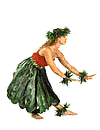
From State of Hawai'i Statutes
§ 5-7 State popular name. The name "The Aloha State" is adopted, established, and designated as the official "popular" name for the State, to be effective so long as the legislature of the State does not otherwise provide. [L 1959, JR 1, § 1; Supp, § 14-5.1; HRS §5-7]
§ 5-7.5 "Aloha Spirit". (a) "Aloha Spirit" is the coordination of mind and heart within each person. It brings each person to the self. Each person must think and emote good feelings to others. In the contemplation and presence of the life force, "Aloha", the following unuhi laulā loa may be used:
§ 5-7.5 "Aloha Spirit". (a) "Aloha Spirit" is the coordination of mind and heart within each person. It brings each person to the self. Each person must think and emote good feelings to others. In the contemplation and presence of the life force, "Aloha", the following unuhi laulā loa may be used:
Akahai, meaning kindness to be expressed with tenderness;
Lōkahi, meaning unity, to be expressed with harmony;
ʻOluʻolu, meaning agreeable, to be expressed with pleasantness;
Haʻahaʻa, meaning humility, to be expressed with modesty;
Ahonui, meaning patience, to be expressed with perseverance.
Lōkahi, meaning unity, to be expressed with harmony;
ʻOluʻolu, meaning agreeable, to be expressed with pleasantness;
Haʻahaʻa, meaning humility, to be expressed with modesty;
Ahonui, meaning patience, to be expressed with perseverance.
These are traits of character that express the charm, warmth and sincerity of Hawaii 's people. It was the working philosophy of native Hawaiians and was presented as a gift to the people of Hawaiʻi. ''Aloha'' is more than a word of greeting or farewell or a salutation.
''Aloha'' means mutual regard and affection and extends warmth in caring with no obligation in return. "Aloha" is the essence of relationships in which each person is important to every other person for collective existence. ''Aloha'' means to hear what is not said, to see what cannot be seen and to know the unknowable.
In exercising their power on behalf of the people and in fulfillment of their responsibilities, obligations and service to the people, the legislature, governor, lieutenant governor, executive officers of each department, the chief justice, associate justices, and judges of the appellate, circuit, and district courts may contemplate and reside with the life force and give consideration to the "Aloha Spirit". [L 1986, c 202, ]§
''Aloha'' means mutual regard and affection and extends warmth in caring with no obligation in return. "Aloha" is the essence of relationships in which each person is important to every other person for collective existence. ''Aloha'' means to hear what is not said, to see what cannot be seen and to know the unknowable.
In exercising their power on behalf of the people and in fulfillment of their responsibilities, obligations and service to the people, the legislature, governor, lieutenant governor, executive officers of each department, the chief justice, associate justices, and judges of the appellate, circuit, and district courts may contemplate and reside with the life force and give consideration to the "Aloha Spirit". [L 1986, c 202, ]§
A little known protest letter Queen Liliu'okalani wrote prior to her death on November 11, 1917 was indeed her last poignant and now prophetic plea for justice. (Emphasis added)
THE QUEEN’S LAST PROTEST LETTER
"Oh, honest Americans, as Christians hear me for my down-trodden people! Their form of government is as dear to them as yours is precious to you. Quite as warmly as you love your country, so they love theirs. With all your goodly possessions, covering a territory so immense that there yet remain parts unexplored, possessing islands that, although new at hand, had to be neutral ground in time of war, do not covet the little vineyard of Naboth's, so far from your shores, lest the punishment of Ahab fall upon you, if not in your day, in that of your children, for "be not deceived, God is not mocked." The people to whom the sons now seek to despoil and destroy, are crying aloud to Him in their time of trouble; and He will keep His promise, and will listen to the voices of His Hawaiian children lamenting for their homes." Liliu’okalani
In 1897 98% of the Kanaka Maoli (the native Hawaiians) signed the Ku'e Petition which was opposed to the annexation and the TERROR that was inflicted on the Queen (imprisoned in her own palace) was begun on September 11, 1897, exactly 103 years to the day, that Americans now view as the date terrorism struck American soil and the World Trade Center of New York.
THE QUEEN’S LAST PROTEST LETTER
"Oh, honest Americans, as Christians hear me for my down-trodden people! Their form of government is as dear to them as yours is precious to you. Quite as warmly as you love your country, so they love theirs. With all your goodly possessions, covering a territory so immense that there yet remain parts unexplored, possessing islands that, although new at hand, had to be neutral ground in time of war, do not covet the little vineyard of Naboth's, so far from your shores, lest the punishment of Ahab fall upon you, if not in your day, in that of your children, for "be not deceived, God is not mocked." The people to whom the sons now seek to despoil and destroy, are crying aloud to Him in their time of trouble; and He will keep His promise, and will listen to the voices of His Hawaiian children lamenting for their homes." Liliu’okalani
In 1897 98% of the Kanaka Maoli (the native Hawaiians) signed the Ku'e Petition which was opposed to the annexation and the TERROR that was inflicted on the Queen (imprisoned in her own palace) was begun on September 11, 1897, exactly 103 years to the day, that Americans now view as the date terrorism struck American soil and the World Trade Center of New York.

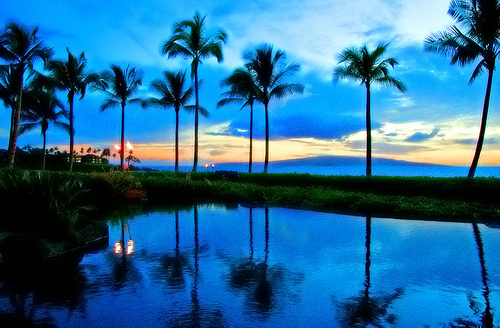
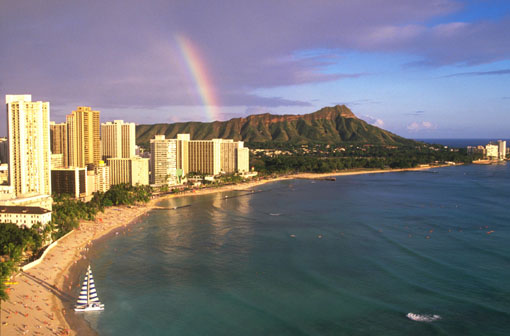

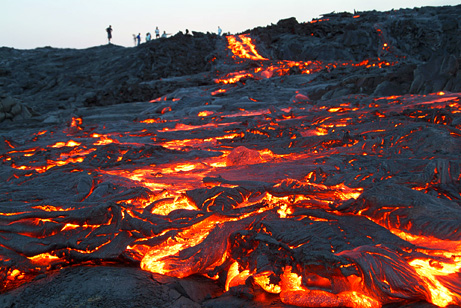
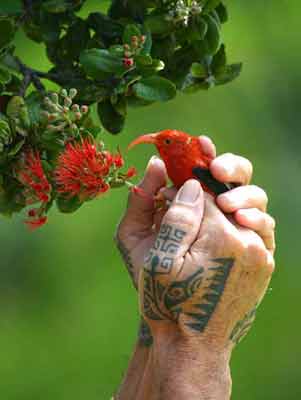
Queen Liliu'okalani 1890
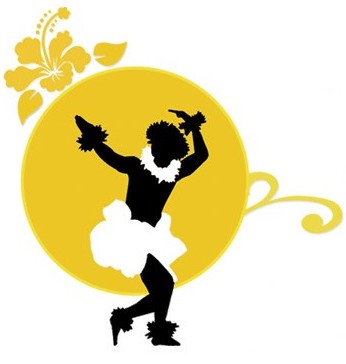






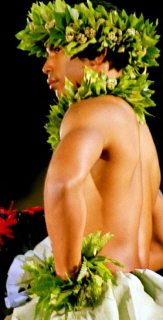
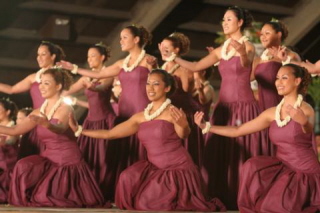
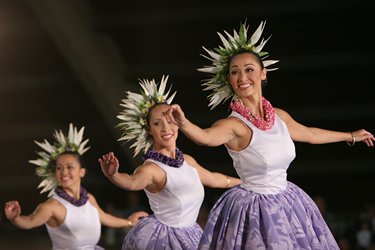
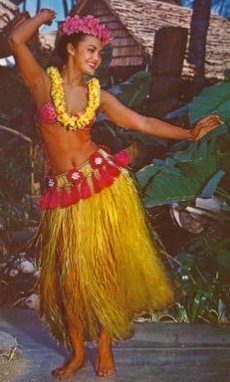
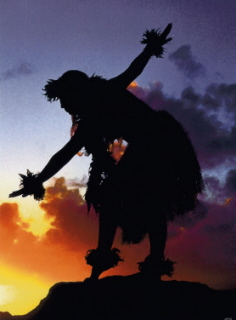
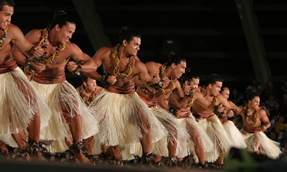
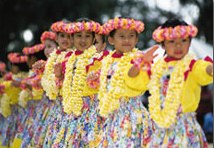
Hula is a dance form accompanied by chant or song. It was developed in the Hawaiian Islands by the Polynesians who originally settled there beginning in around the fifth century.
The chant or song that accompanies the dance is called a mele. The hula either dramatizes or comments on the mele.
There are many styles of hula. They are commonly divided into two broad categories: Ancient hula, as performed before Western encounters with Hawai'i, is called kahiko. It is accompanied by chant and traditional instruments. Hula as it evolved under Western influence, in the nineteenth and twentieth centuries, is called ʻauana. It is accompanied by song and Western-influenced musical instruments such as the guitar, the "ukulele and the double bass.
Hula has a long history with the Hawaiian peoples, but was almost wiped out in the nineteenth century, when Protestant missionaries saw it as lewd and attempted to stamp it out.
It became popular as a secular dance form in the early part of the twentieth century, but rediscovered its religious footing after the 1970s and the Hawaiian Renaissance.
Hula, like many forms of dance, is an expression of much more than simply body language, and in its movements and chants can be found the history, culture, and, some say, the soul of the Hawaiian people.
King David Kalakaua - The Merrie Monarch
The chant or song that accompanies the dance is called a mele. The hula either dramatizes or comments on the mele.
There are many styles of hula. They are commonly divided into two broad categories: Ancient hula, as performed before Western encounters with Hawai'i, is called kahiko. It is accompanied by chant and traditional instruments. Hula as it evolved under Western influence, in the nineteenth and twentieth centuries, is called ʻauana. It is accompanied by song and Western-influenced musical instruments such as the guitar, the "ukulele and the double bass.
Hula has a long history with the Hawaiian peoples, but was almost wiped out in the nineteenth century, when Protestant missionaries saw it as lewd and attempted to stamp it out.
It became popular as a secular dance form in the early part of the twentieth century, but rediscovered its religious footing after the 1970s and the Hawaiian Renaissance.
Hula, like many forms of dance, is an expression of much more than simply body language, and in its movements and chants can be found the history, culture, and, some say, the soul of the Hawaiian people.
King David Kalakaua - The Merrie Monarch
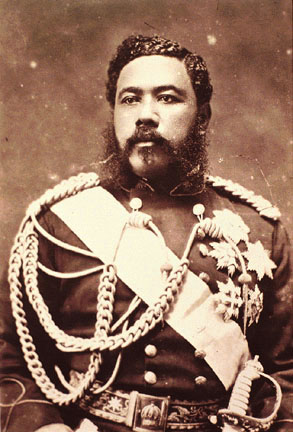
King David Kalakaua, known as the "Merrie Monarch". came to the throne of the Hawaiian Kingdom in 1874 and reigned until his death in 1891. He was a patron of the arts, especially music and dance. of the Hawaiian people. Kalakaua almost single-handedly restored many of the nearly extinct cultural traditions. These included myths and legends, and the hula, which had been forbidden by the missionaries for over 70 years. ancient Hawaiians had no written language. Instead, all communication beyond the spoken word took place in the form of chants and the dance called hula. Hula and
its accompanying chants recorded Hawaiian genealogy, mythology, and prayers of the heart and mind. The hula was the means by which the culture, history, stories and almost every aspect of Hawaiian life was expressed and passed down through generations. The hula is the language of the heart, therefore the heartbeat of the Hawaiian people.

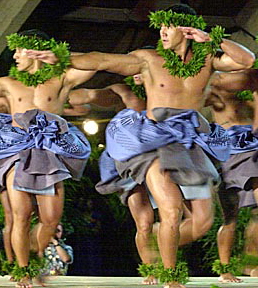

















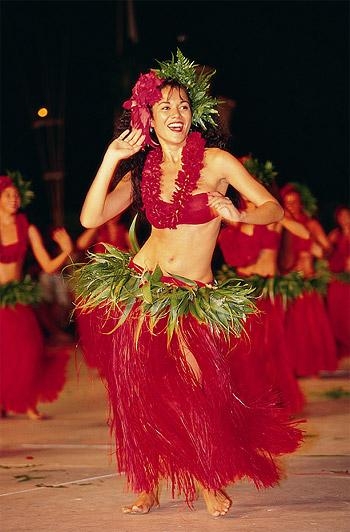

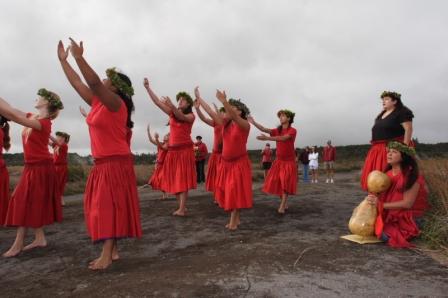
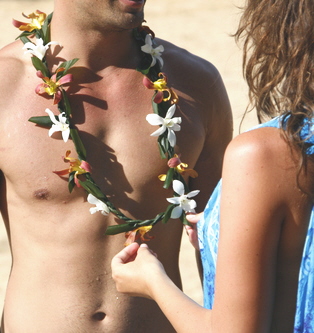
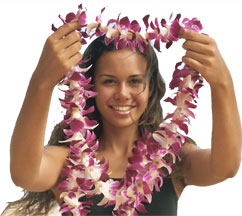
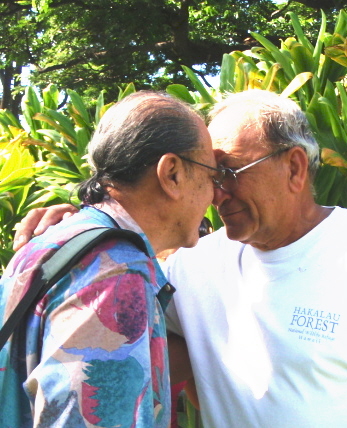

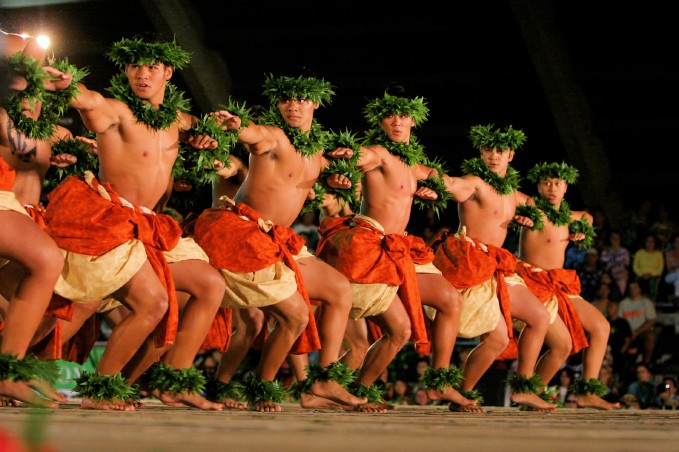
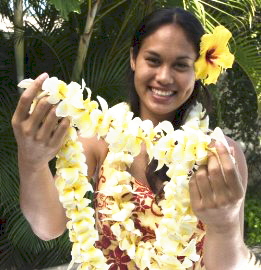

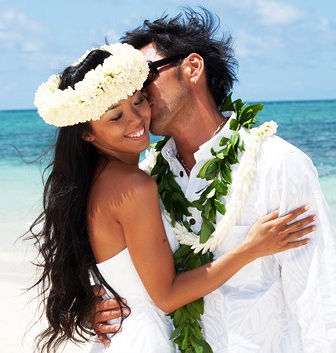
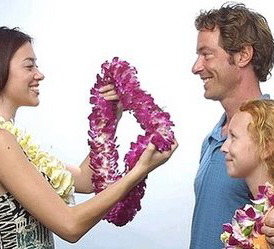


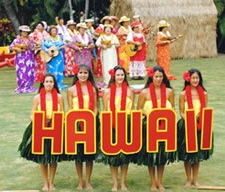

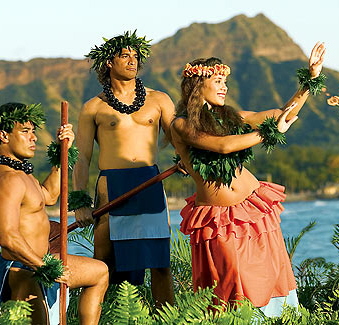
REASONS TO LOVE...
AND PROTECT HAWAI'I
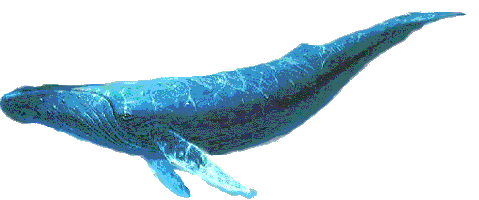
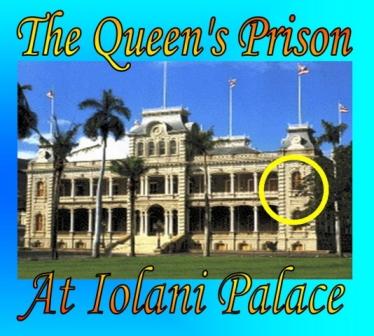
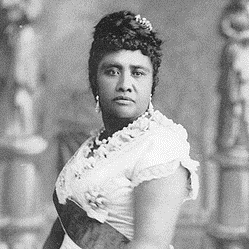
ALOHA AINA
LOVE THE LAND
ALOHA...
EACH OTHER
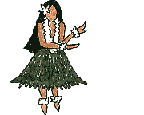


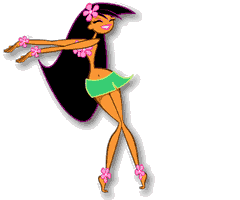






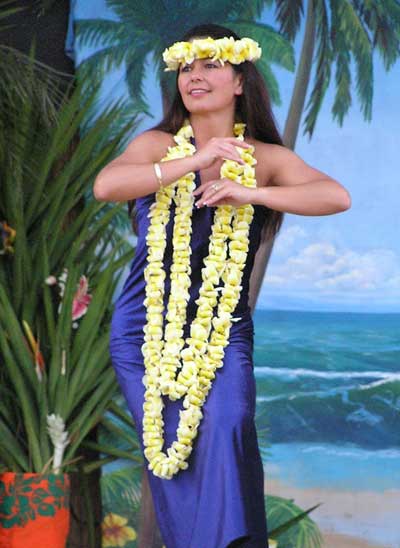


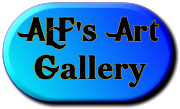

***********





CLOSING COMMENTS
As a grassroots educator and wanting the world to be familiar with these current events happening in Hawai'i. We were never taught this truth in school. Please help! This truth depends on people all around the world passing this knowledge forward by word of mouth.
I believe, as many believe, that Hawai'i Island (commonly called Big Island) is the piko (belly button, umbilicus) to the world. Heal the piko! And the rest of our wonderful planet will be flooded with ALOHA that will come with that healing. Please feel free pass forward and link for educational purpose.
Mahalo ... Lindafaye Kroll BSN ... lindafaye@Protect-Hawaii.com
As a grassroots educator and wanting the world to be familiar with these current events happening in Hawai'i. We were never taught this truth in school. Please help! This truth depends on people all around the world passing this knowledge forward by word of mouth.
I believe, as many believe, that Hawai'i Island (commonly called Big Island) is the piko (belly button, umbilicus) to the world. Heal the piko! And the rest of our wonderful planet will be flooded with ALOHA that will come with that healing. Please feel free pass forward and link for educational purpose.
Mahalo ... Lindafaye Kroll BSN ... lindafaye@Protect-Hawaii.com










